Key Components of Intelligent Capture | Knowledge Base
Intelligent Capture encompasses information ingestion, image handling and optimization, document classification, document separation, data location and extraction and data validation.
What are the key components of Intelligent Capture?
Information Ingestion
Intelligent capture provides for a variety of ways in which information can be imported into the system. Communication systems integration (email, fax and network peripherals), network integration (FTP and fileshare), and hardware integration (scanners) are supported.
Image Preprocessing
For documents that arrive as images (either through scanners, faxes or via mobile import), there is often an “image perfection” set of activities that are designed to manage the wide variety of quality issues typically encountered. These can include differences in the density of the images (measured in DPI or pixels), distortions of the image (stretching of the image or creases on the documents), and contrast (such as blur and lighting).
Also for images, OCR is employed to convert the pictures of text into machine-readable text. Some solutions selectively perform OCR to reduce latencies typical with this process while other solutions convert the entire document into text.
Document Classification
This process takes and analyzes incoming documents in order to assign document types (e.g., contract, invoice or check payment, etc.) in order to support different types of workflows or to support subsequent data extraction tasks.
Document classification can employ simple rules such as locating keywords or it can implement machine learning which automatically identifies what are called “features” that distinguish one document type from another.
Document Separation
While many documents exist as single files (think PDF), many times multiple documents are stored together. Document separation is the process of identifying these “document boundaries” such that a PDF with many different documents, can be “burst” into multiple different documents, tagged, and then go through potentially different workflows. Document separation can make use of simple rules or it can implement machine learning to identify the most reliable features that indicate first, middle and last pages of a document.
Data Location and Extraction
This process takes the text of a document and turns it into tagged data that can be stored within a relational database or other structured format such as XML for use in other systems. There are many, many different techniques involved with interpreting text that include range from providing specific location of data in X/Y coordinates (often called “templates”), use of keyword/value data, use of regular expressions/pattern recognition, to advanced machine learning algorithms that analyze many bits of information to reliably locate required data.
Data Validation
This step involves both automated and manual processes to ensure the data output from an intelligent capture solution is accurate. Automated methods can make use of user-supplied information such as dictionaries or integrations into third-party data stores, all the way to more-complex capabilities such as statistical analysis of output to score reliability of data at a field level. Manual validation includes workflows and special user interfaces that route suspect output to specific staff who review, approve or make corrections prior to exporting the data to another system.
